There are countless ways to measure your company's success, and NPS is one of them. It's often deemed as the easiest one. But, not everyone buys into its effectiveness.
Perhaps you're one of those people on the skeptical side. You understand the reasoning behind measuring customer satisfaction (CSAT) or customer effort scores (CES) but not necessarily NPS. Or, maybe, you think collecting feedback is a sheer waste of time.

This post challenges such beliefs. It walks you through some of the main benefits and some drawbacks of using the Net Promoter Score, a KPI for Saas businesses.
We talk about the potential of NPS and show you how using the metric leads to business growth. Finally, we point at its limitations and how you should not think of the NPS.
But, first, let's take a look at what an NPS survey template looks like:
What is NPS?
NPS, or Net Promoter Score, is a customer success metric used by companies to measure customer loyalty and the brand's health. It's often called a growth metric as high scores correlate with revenue growth. (We'll talk about it later on in the text.)
The format of NPS surveys is pretty standardized. It's made up of a numerical NPS question, "How likely are you to recommend...", optionally followed by an open-ended questions.
The overarching reason why you use the survey is the ability to stay on top of the health of your business. (The survey results make it clear what part of your customer base is satisfied.) But, there are other benefits your can reap from NPS.
NPS Benefits: Pros to Using a Net Promoter Score
There are plenty of reasons why NPS is the right metric is used by customer support, product, and marketing teams. The ones we list below apply to all company types, regardless of industry.
1. NPS is super easy to use
With the right tool, setting up an NPS survey is intuitive and time-efficient.
Also, the simplicity of the NPS question itself works to its advantage. Its standardization is beneficial both for businesses and customers:
For companies, the unified format is a time saver. For customers, recognizing NPS questions feels safe and encouraging, so, they are usually willing to leave their score. No wonder that NPS surveys tend to have high response rates.
When it comes to distribution, good NPS software integrates with the most popular CRMs and marketing automation tools. The fact makes it easy to configure an NPS survey based on customer data and to distribute it through the communication channel of your choosing.
Also, the analysis of the results is simple if you use a feedback collection tool.
Tools like Survicate allow you to see the results as they flow in and calculate the Net Promoter Score for you. By the end of a campaign, they generate a report containing all the campaign statistics and response analysis. You can also use a free NPS calculator to help you before you find the right analytics software.
2. NPS is cost-effective
Hiring a firm to run customer research is expensive. In contrast, feedback collection platforms are cost-effective, given the value they bring. They enable you to autonomously run full-blown customer research and come with functionalities that benefit more than one team.
Most of all, using feedback tools makes you independent, which is an important factor affecting the costs. According to the NPS best practices, the survey should be run regularly and should be paired with other research methods. In such a scenario, being able to do all the research in-house does lower the costs.
3. NPS helps make everyone contribute to company growth
Measuring Net Promoter Score regularly enables you to rally a whole company around growth.
Some companies go as far as to introduce Net Promoter Systems. They build entire complex processes around the metric.
Some stop at organizing regular NPS huddles - meetings help them make everyone feel that they have a say in company processes.
During the huddles, the teams go through the NPS scores and customer feedback. They ideate ways to improve the glitches that have come to light through the feedback from customers. According to best practices, company leaders make a step back in the huddles. They empower the team to brainstorm ways to solve problems and improve NPS.
By giving the team members room to engage in problem solving, they not only gain new creative ideas but - most of all - increase team engagement. The latter always positively influences the bottom line.
4. NPS makes it easy to track progress
When you track your NPS score at regular intervals, with the right NPS software, you have a pretty good idea of how you're doing in terms of your customer satisfaction.
The most important thing is to keep a regular schedule for sending out NPS surveys. Keeping close tabs on the Net Promoter Score makes it easy to spot areas for improvement. And it helps to commit to increasing customer satisfaction over time.
It's also worth mentioning that past NPS scores make excellent benchmarks to compete against!
5. NPS is a predictor of growth
NPS helps you forecast growth.
It may not be the ULTIMATE predictor of it as it focuses on referrals only while there are other factors influencing the bottom line. Secondly, the readiness to recommend reflected in the NPS score is not actual recommendations. NPS survey results cannot be seen as unbeaten proof you'll be referred a certain number of times.
Yet, NPS is a valid growth metric that should be added to your growth-related KPIs (customer acquisition cost (CAC), average customer lifetime value (LTV), growth rate, or churn).
Why?
The metric strictly correlates with growth in the following ways:
1. It's a loyalty metric and a predictor of repeat business
Happy customers who express their willingness to recommend are much more likely to buy again.
2. High NPS correlates with high expansion revenue
This suggests that NPS answers are more than declarations only, and customers who give high scores do actually recommend.
3. Higher NPS means higher retention and lower churn
Companies with good NPS score also have higher retention and lower churn levels than those with average or low scores. High NPS, then, means greater LTV - so necessary for growth.
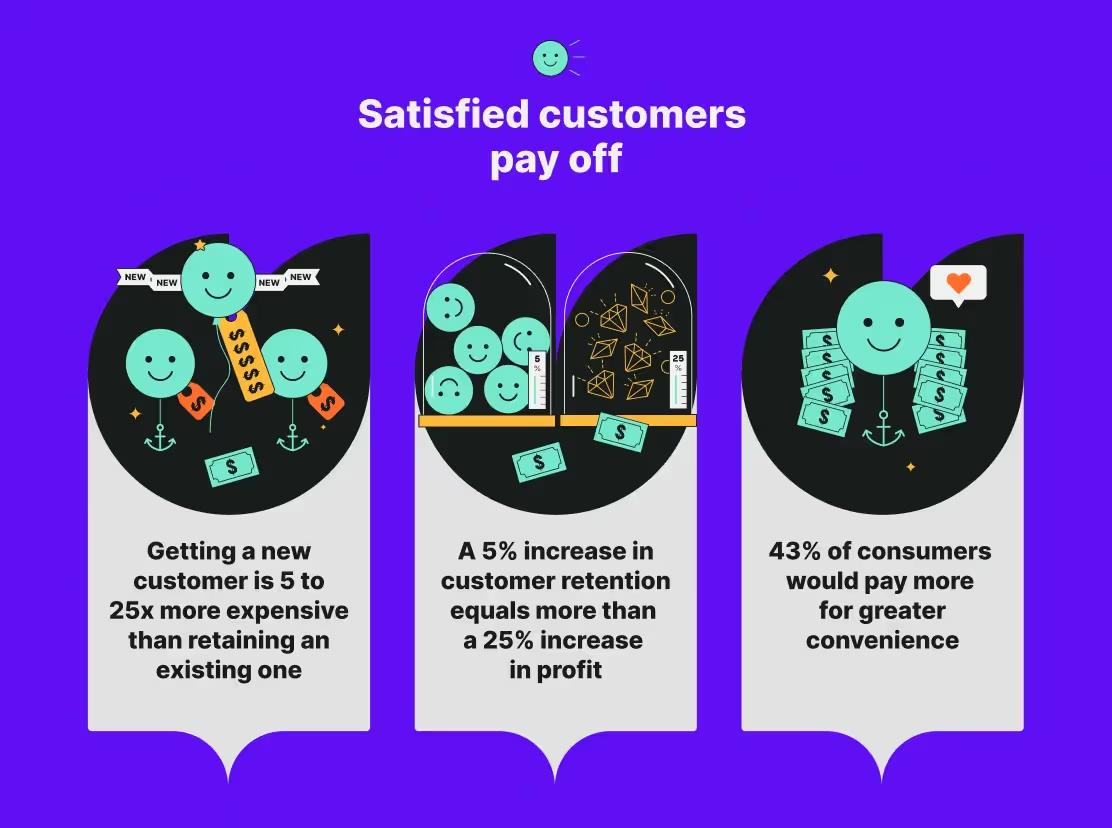
What's important to add here - companies with medium NPS scores also run the risk of customer churn. In some cases, their retention rates are comparable to those with low NPS scores. There is a reason for that.
We'll be talking about it later on in the text.
For now, let us just say that a medium NPS should light a warning light.
6. NPS lets you take action
One of the biggest advantages of getting an NPS score is that it lets you segment your customers into detractors, passives, and promoters. Each group is important and each deserves a different course of action to take.
Detractors
Detractors fire up a warning light. They are not only very likely to churn quickly but also are bound to vent their dissatisfaction in public - damaging your reputation and future sales.

The action to take:
Engage with them to appease them and find out the reasons for their poor scores. Take immediate action - if possible, make amends and win them over.
Passives
Passives are inconspicuous yet tricky. Many think they are not such an urgent matter because they are not as loud as detractors and are unlikely to badmouth you.
Yet - if you remember - companies with average scores (and most likely a large portion of passives) do suffer from customer churn.
On the one hand, they failed to build loyalty, hence they are easy to swap. On the other hand, the lack of satisfaction is dissatisfaction in a way — just a tad less passionate one.
The fact that passives are so inconspicuous and easy to overlook cannot help retention rates. Being aware of this and knowing who your passives are can help turntables and increase retention rates.
The action to take:
Pay just as much attention to passives as you do to the blatantly disgruntled ones. Make them feel heard. Check if there's anything you can help with.
If you decide there's little you can do and you still get a lot of passive responses, it's an important signal. It may mean you should rethink your offer, marketing communication, or target group.
Perhaps, you don't know enough about your persona? Deepen your understanding of who you cater to with this persona research survey template:
Promoters
Promoters are a happy and potent group. If you have them, congratulations! Don't sit on your laurels, though. Take action.
The action to take:
Launch a referral campaign. Encourage promoters to leave reviews or actually to recommend.
Engage in conversations with them. See if those clients are mature enough to upgrade.
Running regular NPS campaigns not only helps you keep close tabs on the customer base so as to prevent churn. Dividing your customers into these three categories lets you strategize. Knowing who is sitting on which side of the fence lets you take action and maximize your business results.
NPS Drawbacks: Cons to Using Net Promoter Score
We've already mentioned some of the drawbacks in between the lines. But, let's recap on them:
1. NPS doesn't give you a complete picture
An NPS score is a number that gives you a general overview of your brand's health. It is actionable since you can break the customers down and decide on what action to take. But, to gain more insights and know how to improve customer satisfaction, you'll need to follow up.
A good practice is also to pair it with other metrics, like CSAT or CES.
CSAT is better suited to gauge customer satisfaction after a particular interaction with your brand. (Though, NPS can be a transactional survey as well.)
CES, or Customer Effort Score, is perfect if great user experience or the ease of use is what you want to monitor and ensure.
Finally, NPS isn't a financial metric. It goes without saying that to assess your company's financial health, you'll use metrics other than NPS.
2. High NPS score doesn't guarantee referrals
It's a common misconception NPS critics make. They often point out that NPS survey answers are declaratory only and cannot be taken into account.
To a point, they are right. The answer to the question "How likely are you to recommend... " is declaration. It's not even a promise. But it has never been meant to be one! NPS answers have never been intended to guarantee referrals. They only signal customers' readiness to recommend and reliable indicators of a company's health.
Yet again, it's up to you what you do with the knowledge they bring. You can approach them with reserve. Or you can use the feedback from an NPS campaign to actively increase retention, encourage referrals and gain new sales.
All Things Considered...
NPS is and has never been meant to be an ultimate metric. Yet, its simplicity and popularity make it a powerful tool you can leverage to boost business growth.
An NPS puts a number on customers' sentiments. It indicates the state of your company's health and helps to predict growth. But, most importantly, it empowers you with the knowledge you can use to actively spur growth.
Start measuring NPS with Survicate NPS survey software and have real impact on your revenue growth. Your gateway to valuable customer feedback insights is here. Sign up for a free Survicate account and explore our pricing.








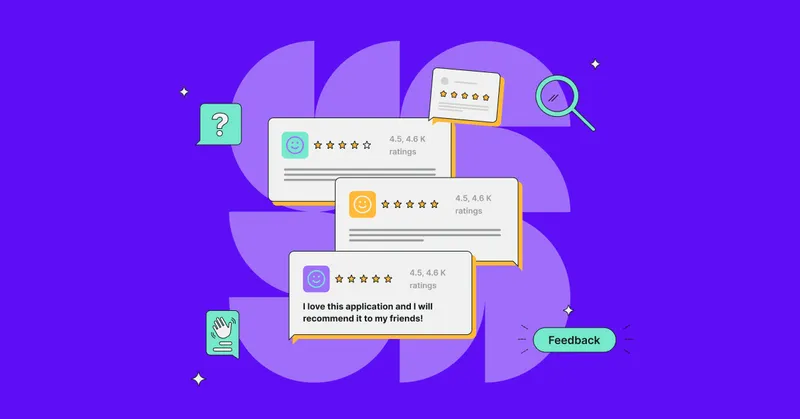
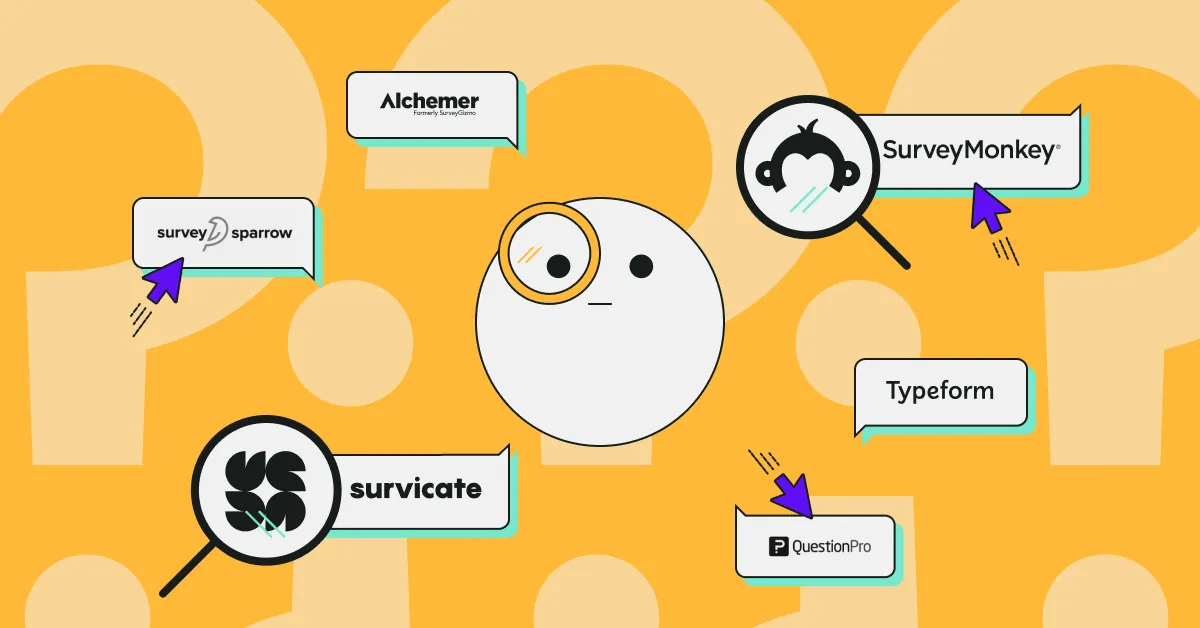

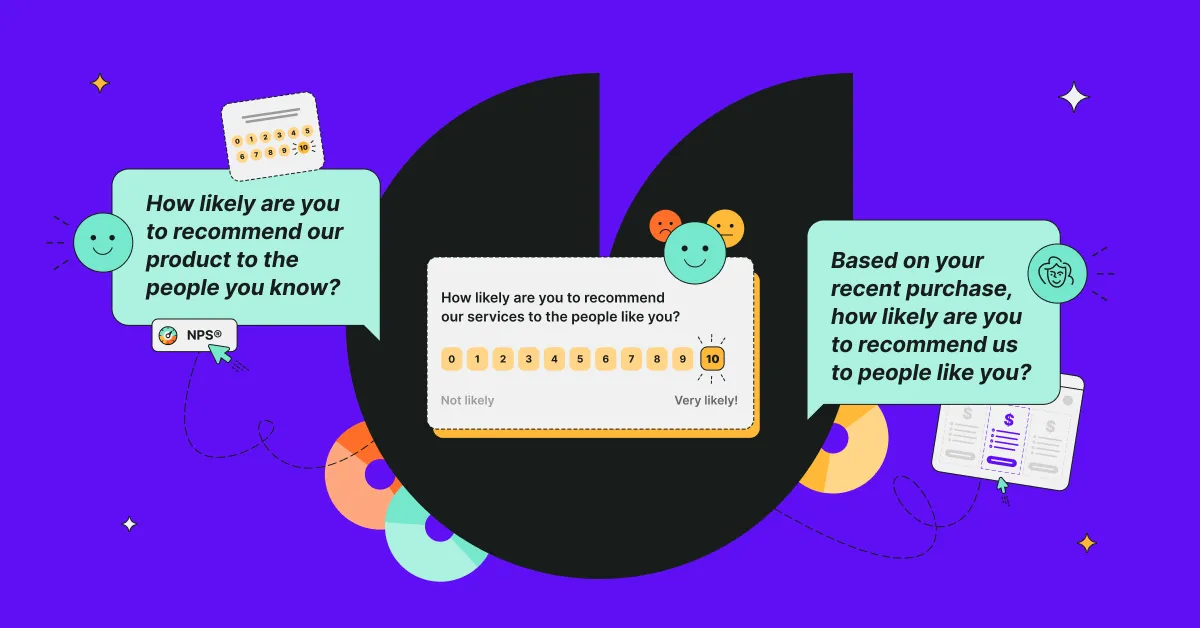
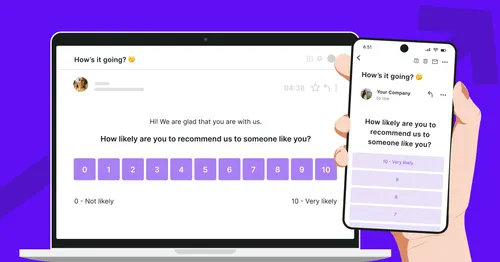
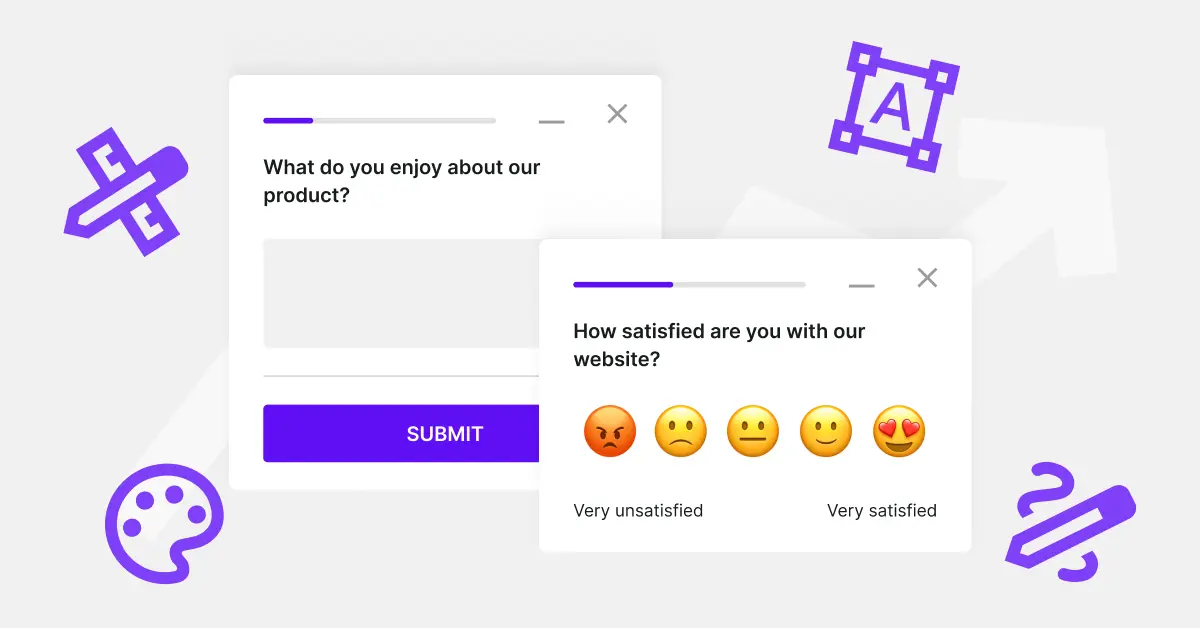
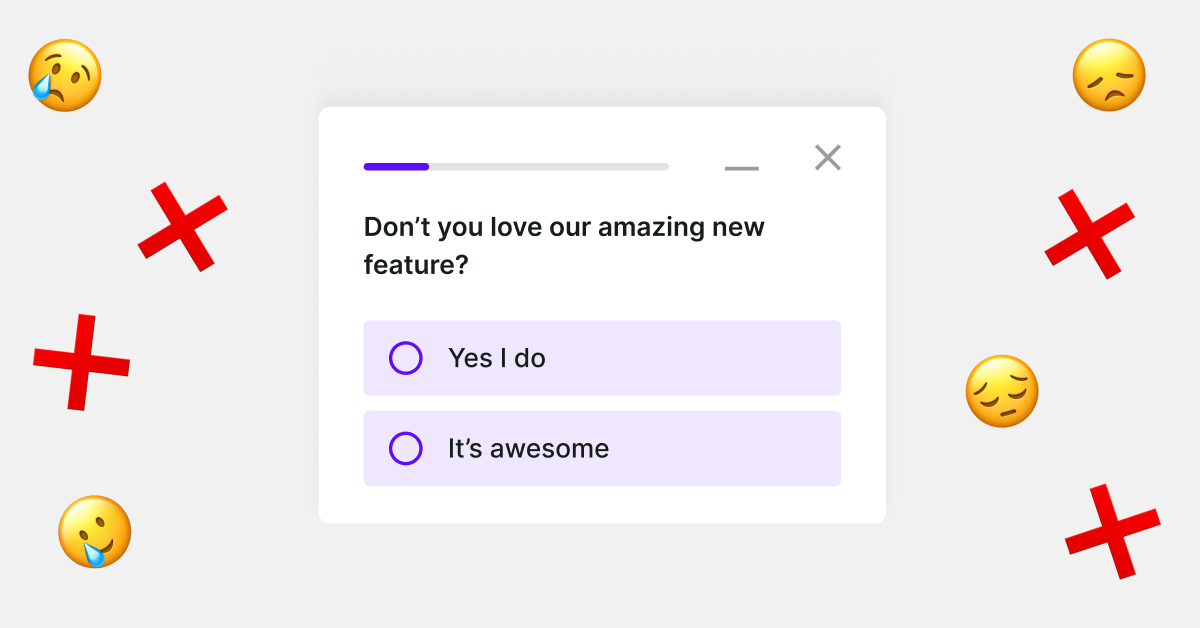
.svg)

.svg)



